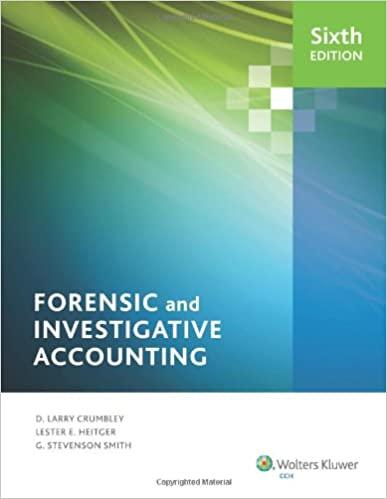Question
1. (A) A firms ( ) have the right to elect its directors, who in turn elect the officers who manage the business. (B) When
1. (A) A firms ( ) have the right to elect its directors, who in turn elect the officers who manage the business.
(B) When investing in common stocks, ones goal is to purchase stocks that are ( ) and avoid stocks that are overvalued.
(C) The value of a share of common stock depends on the cash flows it is expected to provide, and those flows consist of two elements: (1) the ( ) the investor receives each year while he or she holds the stock and (2) the price received when the stock is sold.
(D) For many companies, it is not appropriate to assume that dividends will grow at a constant rate. Indeed, most firms go through ( ) where they experience different growth rates during different parts of the cycle
(E) ( ) is hybrid it is similar to a bond in some respects and to common stock in others. This hybrid nature becomes apparent when we try to classify preferred stock in relation to bonds and common stock
(F) . ( ) is defined as the component costs of debt, preferred stock, and common equity
(G) . The interest rate a firm must pay on its new debt is defined as the before-cost of debt (rb). Firms can estimate rb by asking their bankers what it will cost to borrow or by finding the yield to maturity on their currently outstanding debt. However, the after-tax cost of debt, rb(1-T), should be used to calculate the weighted average cost of capital. This is the interest rate on new debt, rb, less the tax savings that result because interest is tax ( ).
. The most widely used method for estimating the cost of common equity is the
Step by Step Solution
There are 3 Steps involved in it
Step: 1

Get Instant Access to Expert-Tailored Solutions
See step-by-step solutions with expert insights and AI powered tools for academic success
Step: 2

Step: 3

Ace Your Homework with AI
Get the answers you need in no time with our AI-driven, step-by-step assistance
Get Started


